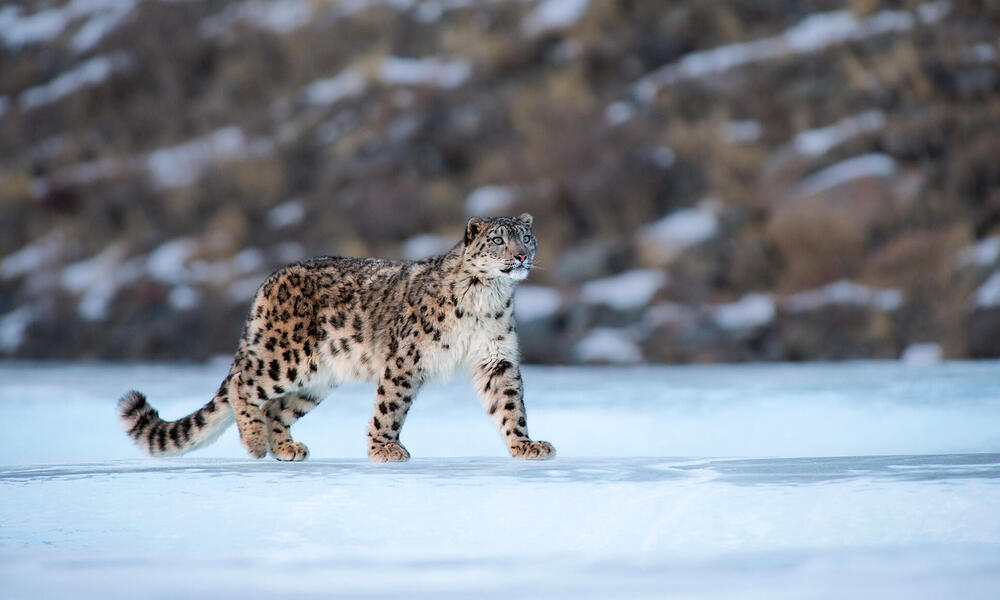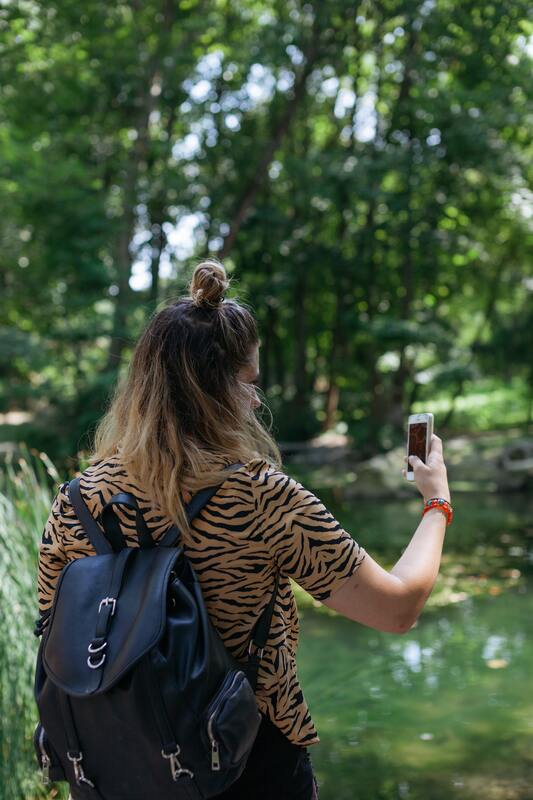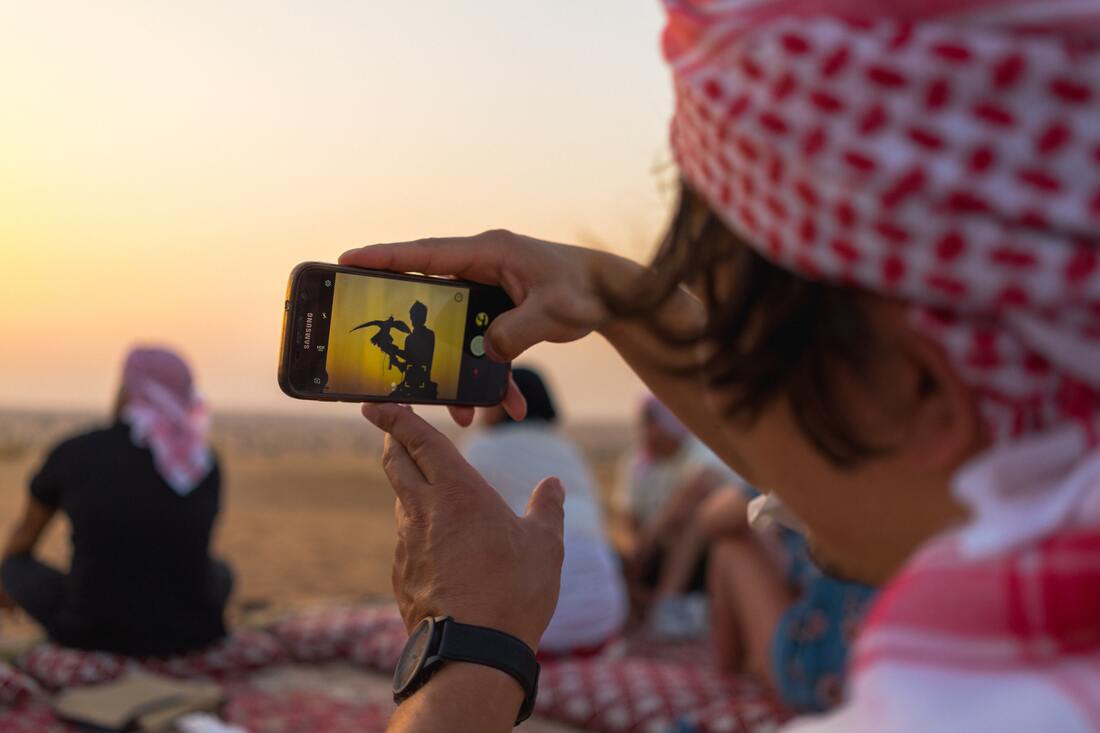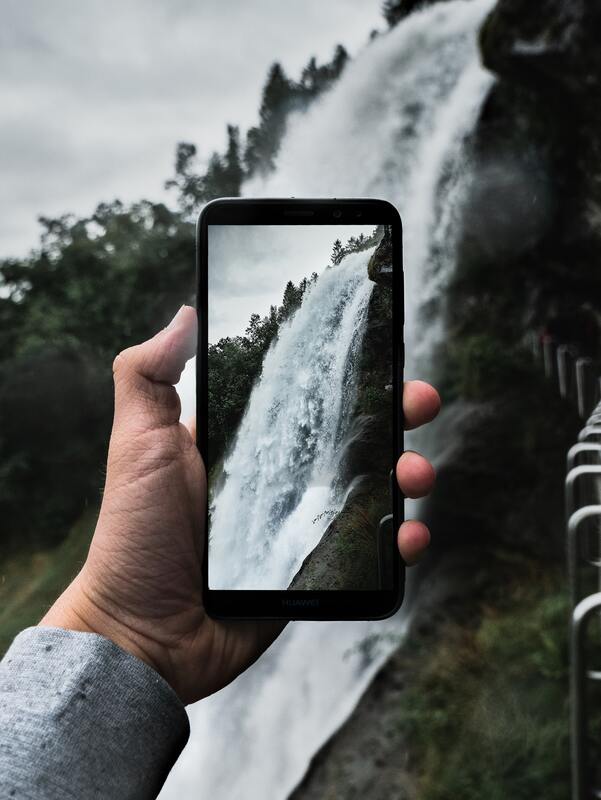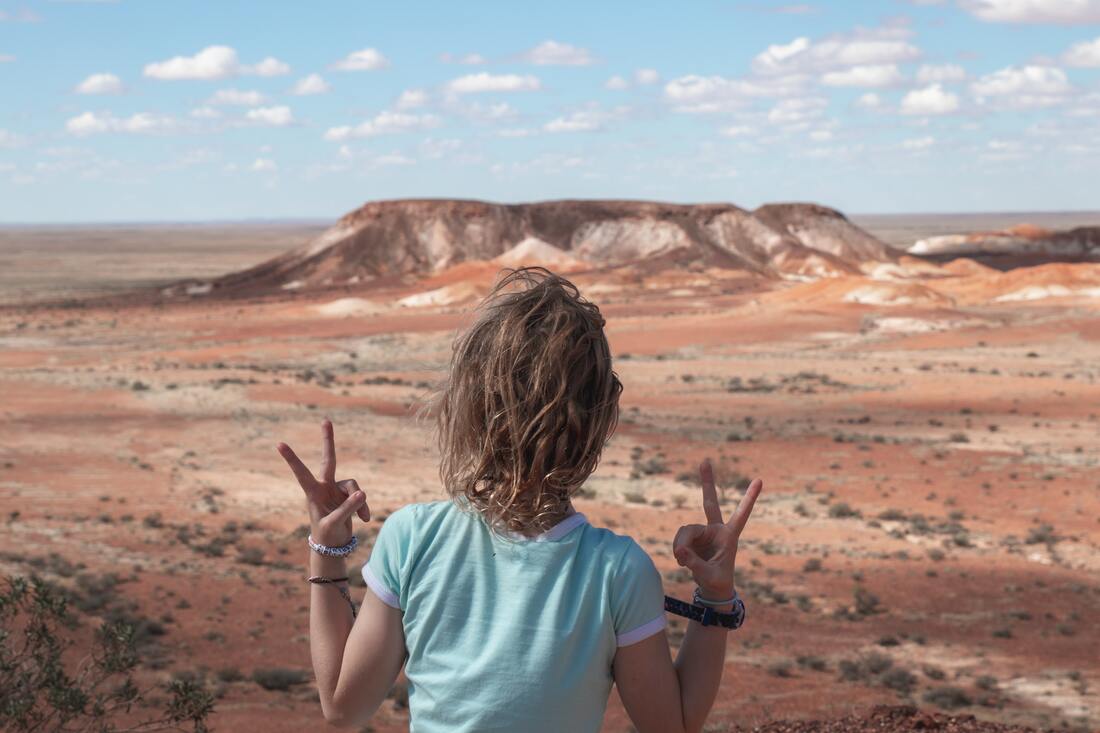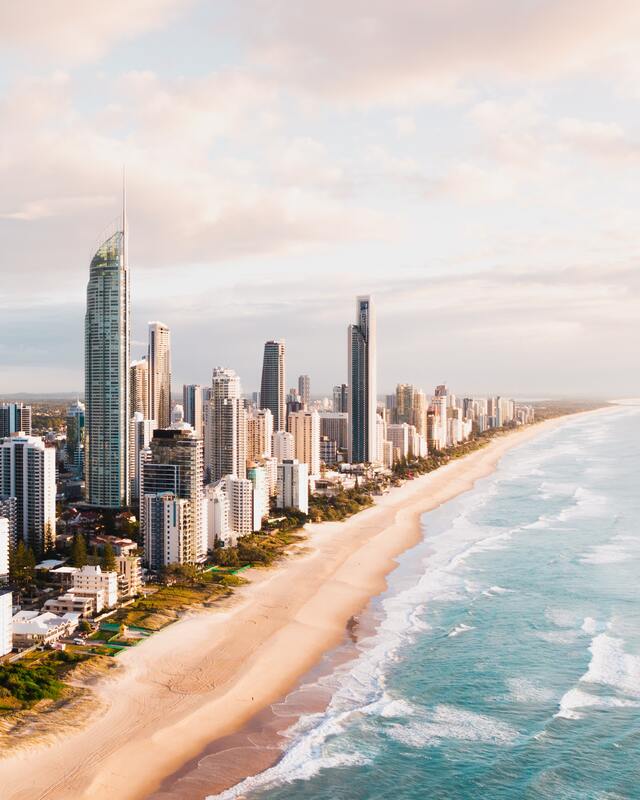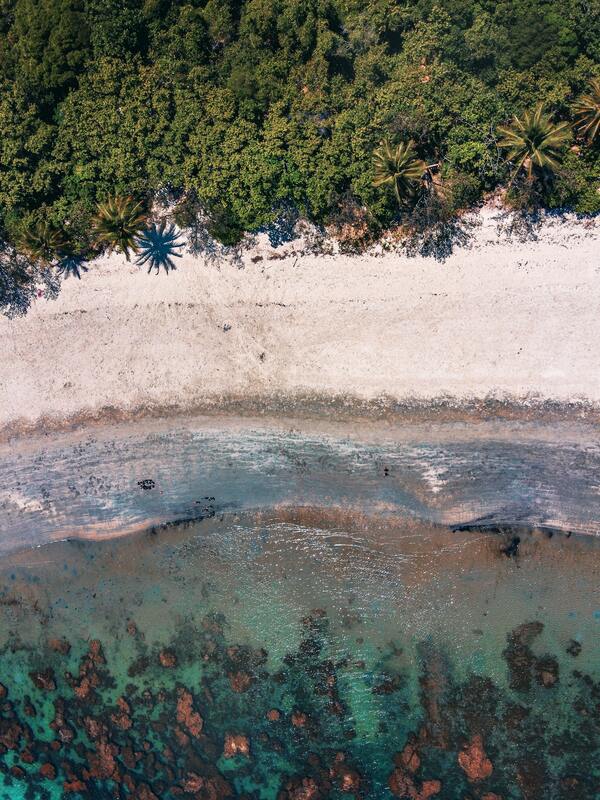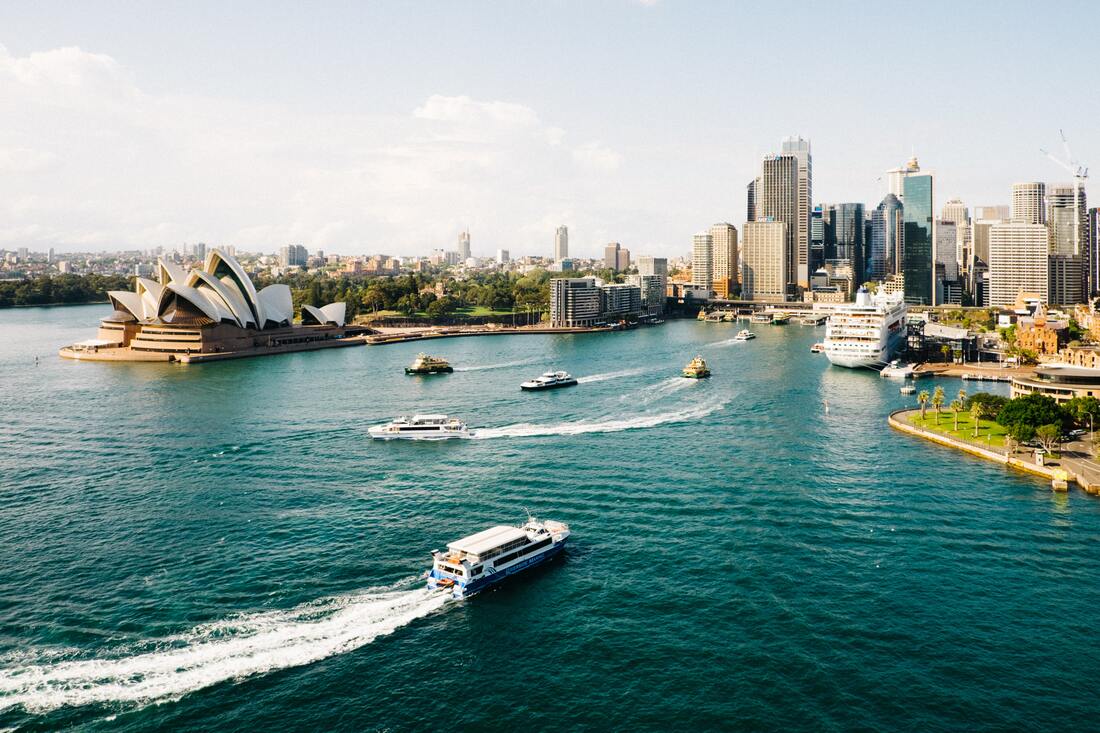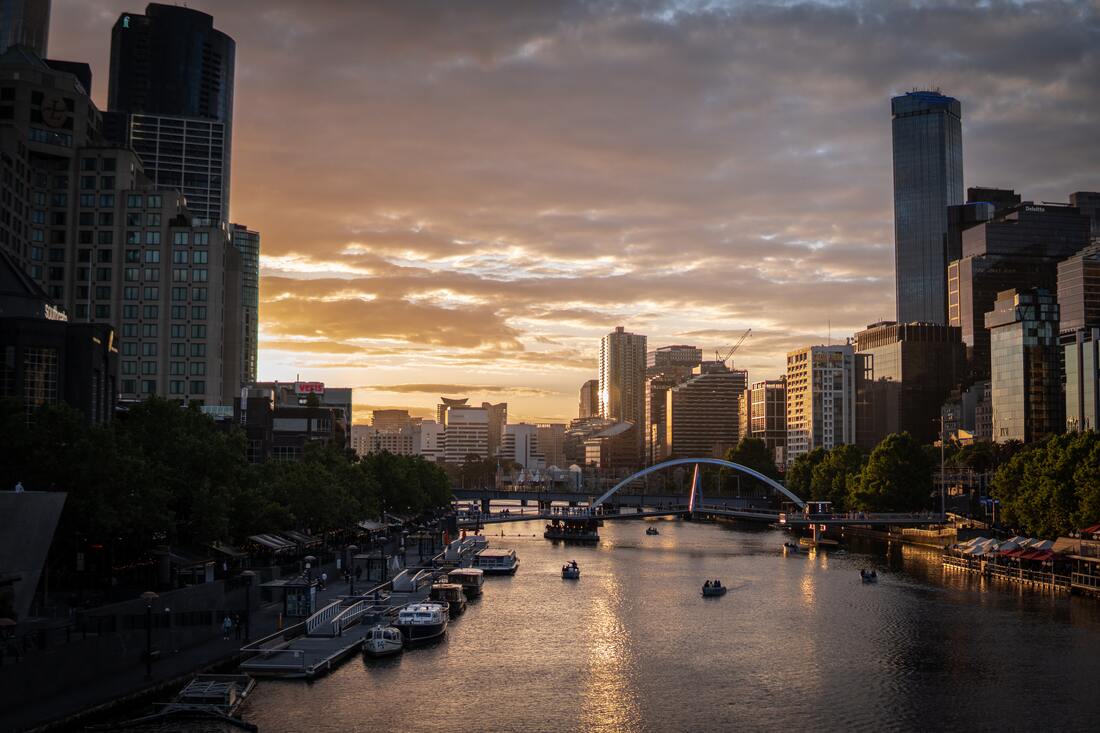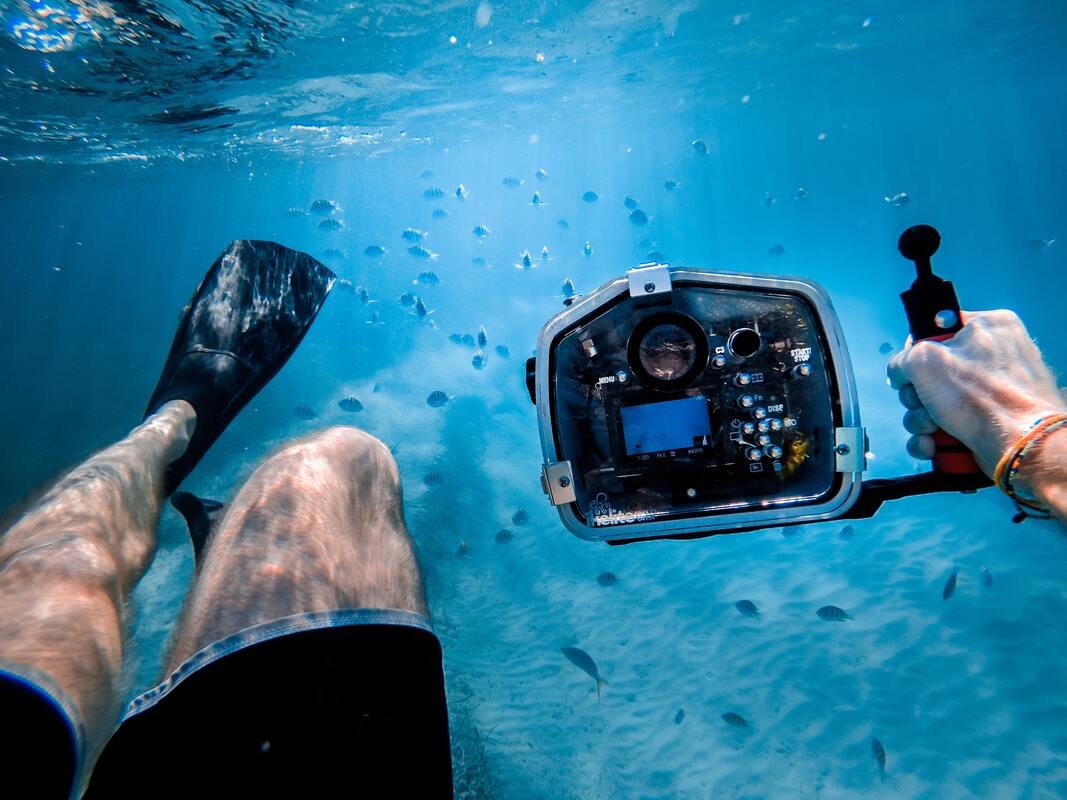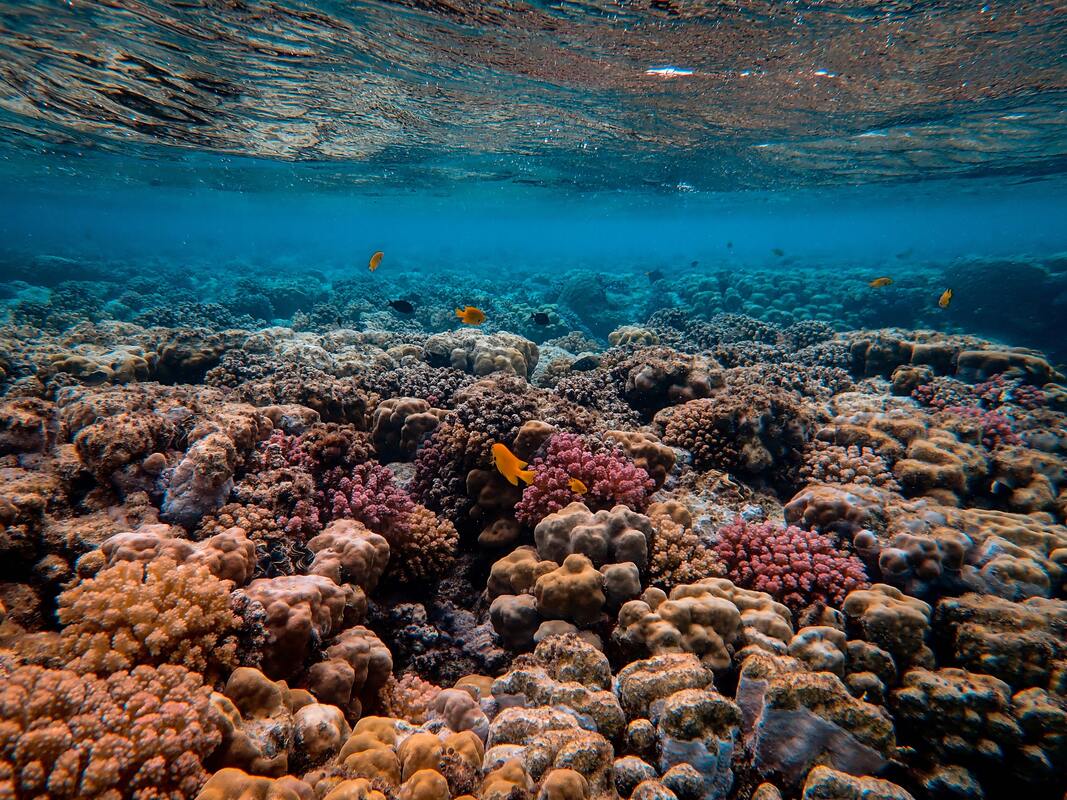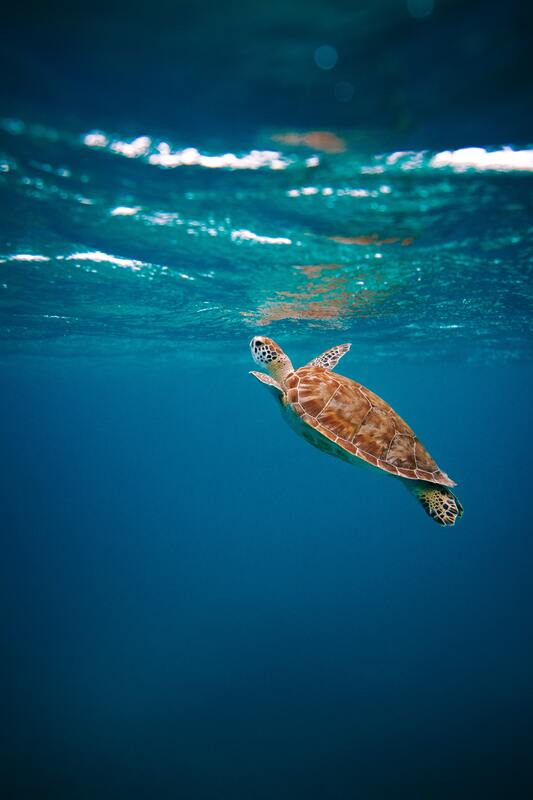|
In this week’s blog post, we are going to do something different. We will travel to the far reaches of the world to learn more about exotic animals that live among us. This week we are looking at the ‘Ghosts of the Mountains’ or Snow Leopards. Let's dive deep into the lives of these majestic creatures of the mountain, where they live, what they hunt for food, and how one can go about photographing them. Habitat Snow Leopards are found in the high-altitude regions of Central Asia, including the Himalayas, the Tibetan Plateau, and the Altai Mountains. They are well-adapted to their harsh environment, with a thick coat of fur that helps them to survive in temperatures that can drop as low as -40 degrees Celsius. Their large, furry paws are also designed to help them navigate through deep snow, while their long, powerful tail helps them to maintain balance and stability on steep and rocky terrain. Snow leopards can be found in countries like Afghanistan, Nepal, China, India, and Pakistan as well as in some central Asian countries like Kazakhstan, Kyrgyzstan, Mongolia, Tajikistan, Uzbekistan, and even Russia. One thing to keep in mind is that they are a rare and elusive species and are found only in remote and inaccessible areas. They like to stay away from settlements, so finding that can be a challenge. Hunting Pattern and Behavior Snow leopards are carnivorous and mainly feed on wild sheep and goats, but they have also been known to hunt other small mammals such as marmots, hares, and pikas. They are highly skilled hunters, capable of taking down prey that is much larger than themselves. Snow leopards are typically active during dawn and dusk. This is the time of the day when you’ll have a chance to spot one. Photographing Snow Leopards You’ll have a good chance to photograph a snow leopard if you keep your distance. This way there is no chance of spooking it or causing it to behave dangerously. For that, you’ll need to photograph from a distance. A 300mm to 400mm lens is a good starting point, but if you can afford it, a 500mm or 600mm lens will give you even better results. Also use a sturdy tripod to keep your camera steady and avoid camera shake, which can result in blurry images. As previously mentioned, Snow leopards are typically active during dawn and dusk, so you'll need to use a high ISO setting to capture sharp images in low-light conditions.
Photographing snow leopards requires a lot of patience, as they are elusive and may take a while to appear. Be prepared to spend long hours waiting and watching, and be ready to react quickly when you see a snow leopard. Use the Urban Jungle Photo Editor to unleash your creativity. Download it now for free on the Apple app store. Follow us on Facebook and Instagram to stay up to date on upcoming exciting new features. You can also get your pictures featured on our page if you use the #UrbanJungleApp.
0 Comments
Smartphones have become an internal part of our lives. They go where we go, whether it’s the hot desert or the open seas. This is why companies need to focus on making their smartphones as rugged as possible, especially against things like dust and water. The most important indicator of how good a smartphone is against water and dust is the IP rating. IP stands for Ingress protection, and it's an important factor to know if you plan to use your smartphone in an environment that might have excessive dust, water, or other elements. As photography isn’t always done in a clean and safe environment, people that use their smartphones for their photography must know the limitations of their phones. So, let’s take a look at how the IP ratings work. The two digits that follow the "IP" indicate the level of protection provided by the device, with the first digit indicating the level of protection against solid objects, and the second digit indicating the level of protection against liquids. The first digit can range from 0 to 6 and indicates protection against solid objects, such as dust and debris. Level 0: No protection Level 1: Protection against objects larger than 50mm Level 2: Protection against objects larger than 12.5mm Level 3: Protection against objects larger than 2.5mm Level 4: Protection against objects larger than 1mm Level 5: Dust protected. Level 6: Dust tight The second digit can range from 0 to 9 and indicates protection against liquids, such as water. Level 0: No protection Level 1: Protection against vertically falling water drops Level 2: Protection against vertically falling water drops when the device is tilted up to 15 degrees Level 3: Protection against spraying water Level 4: Protection against splashing water Level 5: Protection against water jets Level 6: Protection against powerful water jet Level 7: Protection against immersion in water up to 1 meter deep for 30 minutes Level 8: Protection against immersion in water deeper than 1 meter for a specified time. This is usually specified by the manufacturer Level 9: Protection against high-pressure water jets and steam cleaning For example, an IP 67 rating means that the device is dust tight and can be immersed in water up to 1 meter deep for 30 mins.
While IP guidelines are given after standardized testing. It is always a good idea to prevent your phone from getting exposed to these elements as much as possible. Follow us on Facebook and Instagram to learn more about the Urban Jungle App. Download it now on the App Store. You can also get your pictures featured on our page if you use the hashtag #UrbanJungleApp. The land down under, Australia is a fascinating country that offers a wide range of experiences. From multicultural metropolitans to exotic deserts, Australia is a beautiful country to visit on your next trip. And it is not just the cities and the deserts, the Australian wildlife, and vegetation is also truly something else. So, let’s look at some of the places you can't miss on your trip to Australia. 1. The Outback The Outback is a rugged and remote wilderness that covers much of central and western Australia. The outback is the raw and unfiltered Australian experience. Take a road trip to explore the red desert and its diverse wildlife or visit small outback towns to learn about the country's pioneering history. There is much to learn and even more to photograph. 2. The Gold Coast One of the most popular destinations for tourists, the gold coast is popular for its beautiful beaches, theme parks, and vibrant nightlife. Located in Queensland, Australia; the gold coast is known for various theme parks, clubs, and best of all golden beaches for swimming or just relaxing. Whether you want to learn how to surf or explore nearby rainforests, the gold coast offers all these and much more experiences. 3. The Great Barrier Reef When visiting Australia, if you have to make time to go to just one place, then it would be the great barrier reef. The great barrier reef is a natural wonder of the world, home to a large and diverse aquatic life. It is the largest coral reef system in the world. The great barrier reef is a perfect place for snorkeling and underwater photography. But going underwater isn’t the only way to enjoy the great barrier reef. You can also take a scenic flight over the reef and see it from above. 4. Sydney You haven’t completed your visit to Australia if you haven’t visited Sydney. Sydney is Australia's largest city and a must-visit destination. Famous for its iconic Opera House and Harbor Bridge, Sydney is a hub of culture, dining, and entertainment. Take a ferry ride to the nearby Taronga Zoo to see some of Australia's native wildlife, or explore the city's vibrant food scene. Sydney is the best well-rounded Australian experience. 5. Melbourne Just like Sydney, Melbourne is also a cultural hub in Australia. It is known for its world-class museums, galleries, and theaters. Explore Melbourne’s bustling streets and vibrant food scene or take a day trip to nearby beaches and national parks. You can edit all the photographs you take in Australia on the Urban Jungle Photo Editor. Now available on the App Store! Follow us on Instagram and Facebook if you want more fun stuff like vacation destination recommendations or facts about photography, wildlife, and much more! Photographing sea creatures, coral reefs, and aquatic plants is an adventure in and of itself. The art of underwater photography is hard to get into and even more difficult to master. The photographs need to be taken using a specialized underwater camera and equipment. The photographer needs to track a dozen different things, not only for the perfect photograph but also for his safety. So let’s take look at what it takes to get into underwater photography. 1. Preparing yourself The first and most important aspect of underwater photography is learning how to dive. Taking underwater photography requires diving skills. So make sure you first spend time getting familiar with diving equipment and diving in general. Also learning about various diving skills and equipment is necessary. This ensures that when you finally go for photography dives, you can focus on photography. Having additional knowledge about things like marine life, currents, aquatic topography, etc is also pretty useful. 2. The equipment you need Unlike ground photography, underwater photography requires special equipment just to get started. For your camera, you have two options. First is to buy a specialized underwater camera that is waterproof and specially designed to be used underwater. The second option is to use a waterproof housing for a DSLR or mirrorless camera. While there are some smartphones like the latest iPhone that can do underwater photography. Those are only good in really shallow waters. Other equipment you will need for underwater photography is light sources like strobes or focus lights. Diving accessories that will be useful include things like buoyancy control devices, weight belts, and communication devices if you are diving with more people. 3. Choosing the location The most important decision is selecting the location of the dive. While there are different considerations for different photographers. Mostly diving location is chosen based on things like
When selecting your dive location make sure that it is easily accessible and has good visibility. The last thing you want is your image to be a poorly lit mess.
You can edit your underwater photographs on the Urban Jungle Photo Editor. Available on the Apple App Store. Follow us on Facebook and Instagram to be the first ones to hear about exciting new features coming to the Urban Jungle Photo Editor. |
Urban JungleWith Urban Jungle elements at your fingertips, the possibilities are endless. CategoriesArchives
March 2023
|
Follow |
Urban Jungle |
|



